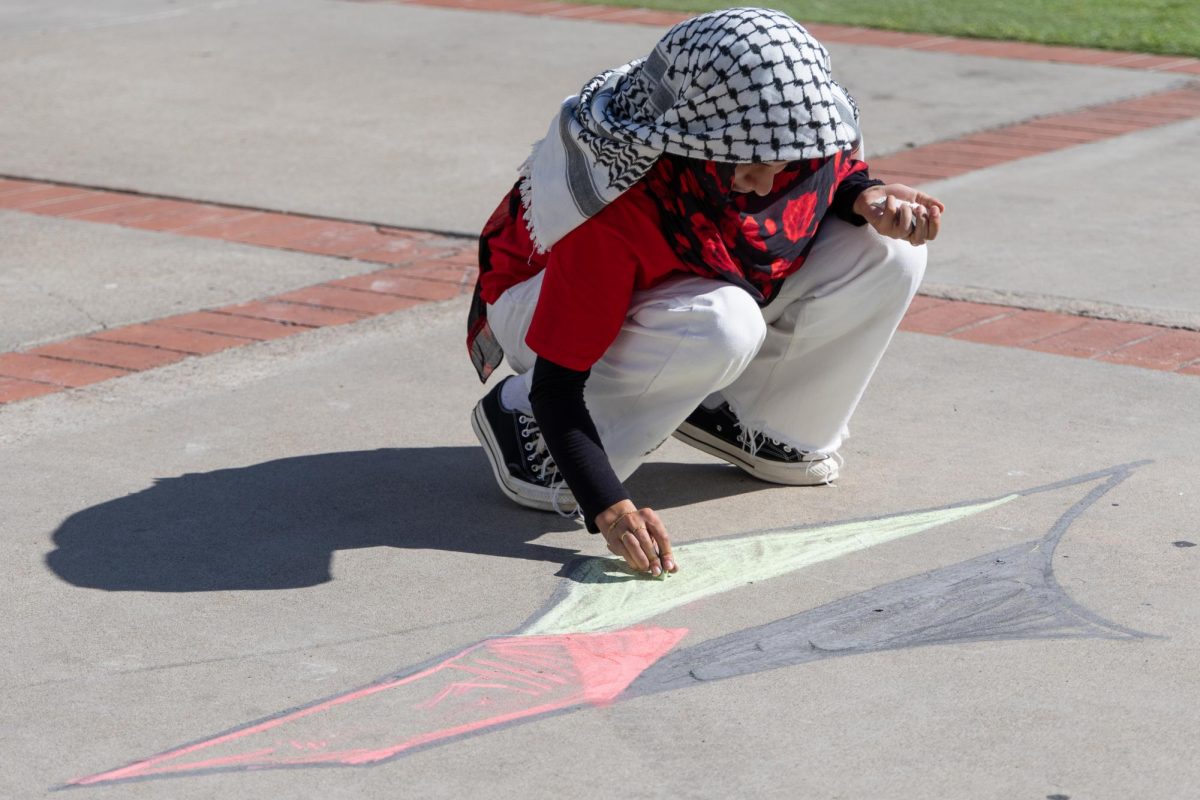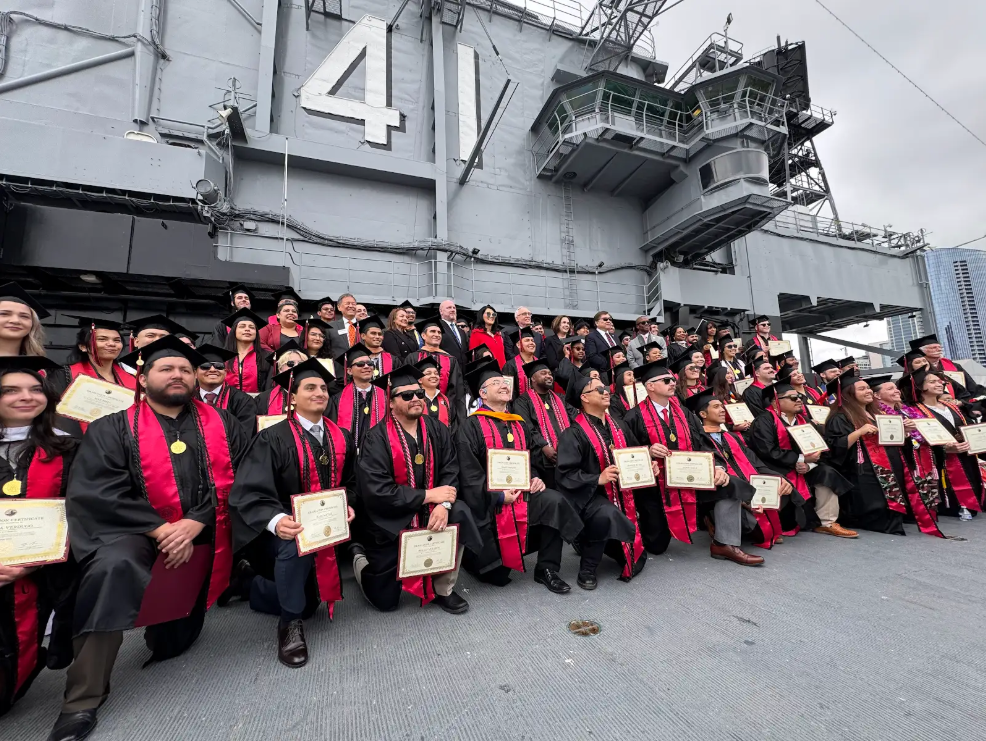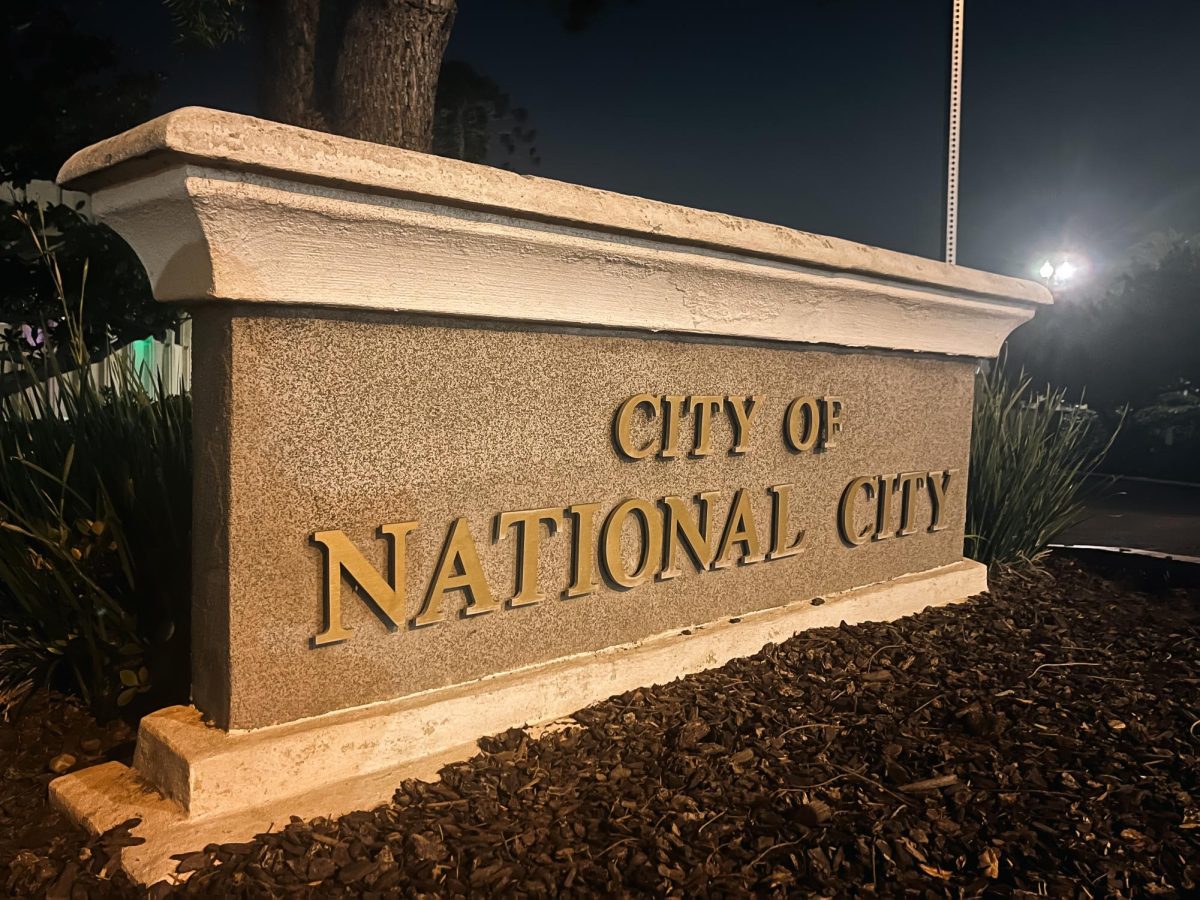
Tomorrow, the Associated Students council will vote whether or not to enact the proposal to restructure. The proposed governmental model is said to substitute the current, centralized design with four specialized spheres: A.S. Board of Directors, A.S. University Council, A.S. Judicial Affairs Council and A.S. Campus Life Council. Under the umbrella of Campus Life, the Student Diversity Commission would represent cultural organizations, which has sparked controversy. Members of the Residence Hall Association and two student organizations, Movimiento Estudiantil Chicano de Aztlán and Andres Bonifiacio Samahan, disapprove of the restructuring proposal because of the Campus Life Council. The aforementioned associations each hold a chair in the current model of A.S. government. In the restructured government, those and other organizations represented in A.S. would lose their chair. SDC would be comprised of an appointed chair member and 10 elected students, not guaranteeing a spot for each student organization that is currently being represented in A.S. Most student organizations
on campus do not hold a chair in the current model. “(The current structure) is reflective of a time back in the 1950s, ‘60s, ‘70s, ‘80s and ‘90s when things in this campus were God-awful,” A.S. Vice President of External Affairs Tom Rivera said. “You had the A.S. council that was about 95 percent white and people who weren’t were ostracized for it. That’s the kind of reality they dealt with back then and that’s why you had groups like MEChA … that’s where they borne out of. Happily, we’ve grown beyond that as a community.” The current restructuring committee held a public discussion last Friday. In attendance were the representatives of the organizations disagreeing with the restructure. “We don’t necessarily agree with restructure,” Chair of MEChA Ruth Sava said. “We fought for (representation), it wasn’t given to us.” According to the restructuring committee chair Jon Davidi, each member of SDC would have to participate in a cultural competency program designed to increase their cultural awareness. According to the discussion’s mediator and representative of the Panhellenic Association Becca Cohen, members of cultural organizations could aim to take seats outside their cultural mediums to increase their organization’s representation and simultaneously represent a larger portion of the student population.






